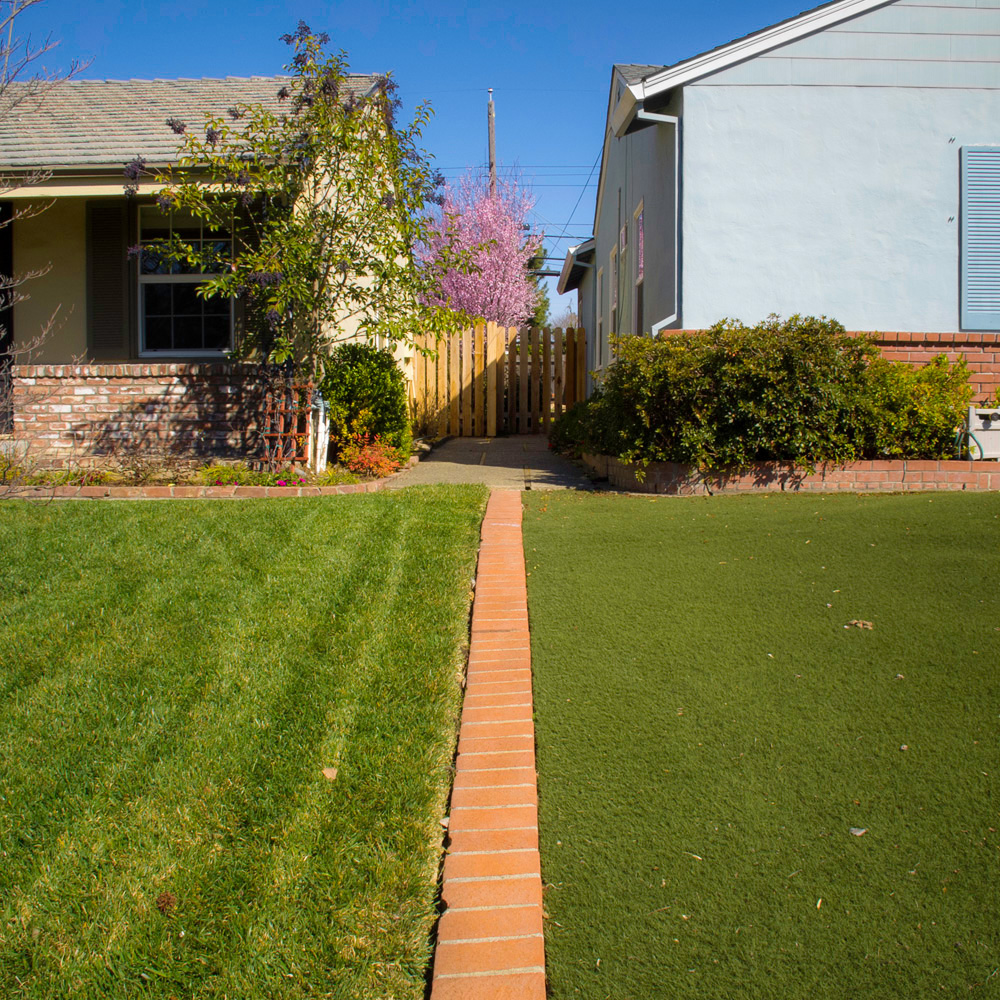When facing a property line dispute, take a deep breath before jumping to conclusions. Remember that you still have to live next to your neighbors, but don’t let property line encroachments go unanswered. Inaction could haunt you when it’s time to sell and it could also cost you part of your land.
The legal definition of a boundary is the dividing line between 1) two parcels of land or 2) between one parcel and where that parcel reaches its limit, such as a street or waterway.
Boundaries are determined on the basis of the legal description of the property. The usual description of property in an urban setting is by lot and tract number with reference to a parcel or tract map. The description is usually included in your Grant Deed or attached to it. You can obtain a copy at the Los Angeles County Registrar-Recorder/County Clerk’s office.
Boundary and encroachment disputes often arise over fences, hedges, structures, walkways, driveways, walls, landscaping, and other improvements when they are placed at a location other than the true boundary of a property. Sometimes no one is aware that an apparent boundary is incorrect until one property owner decides to replace or construct improvements near the perceived boundary.
The biggest property boundary issues revolve around the ownership and responsibility for fencing that separates properties and trees planted on or near the boundary. Unless property owners agree otherwise, fences on a boundary line belong to both owners. Both owners are responsible for keeping the fence in good repair, and neither may remove it without the other’s permission. In the event that tree limbs overhang from one property to another, the property owner may cut tree limbs and remove roots where they cross the property line, provided that such pruning will not damage the basic health and welfare of the tree.
Other common boundary disputes revolving around encroachment issues happen when a neighbor builds a shed with an edge over the property line, builds a fence on your side of the property line, or expands his house so that a porch ends up on your property. You might decide that your neighbor’s encroachment doesn’t bother you and do nothing about it. However, if you ever sell your property, you will need to disclose the encroachment to any potential buyers so that they can consider the issue as part of their purchasing decision.
Fortunately, there are a number of ways to handle an encroachment. First, talk to your neighbor about it. He might be able to move the structure or you might come to some alternate arrangement. If you and your neighbor decide to leave the encroachment in place, you may consider giving him written permission to use your property. This can prevent a later claim of adverse possession. If your neighbor is unable or unwilling to remove the encroachment, but is otherwise open to resolving the issue, you may wish to consider selling the encroached-upon property to him. That way, you get some money for the loss of your property and your neighbor gets to use the land without worry.
If you are unable to resolve the issue between yourselves, then you should consider bringing the encroachment to the attention of the local planning and building department. Property owners may build only on their own property absent permission from the encroached-upon neighbors. Lacking such permission may result in the local government forcing the encroaching party to remove the offending portion of the structure.
The purpose of this column is to provide general information on the law, which is subject to change. It is not legal advice. Consult a lawyer if you have a specific legal problem.





